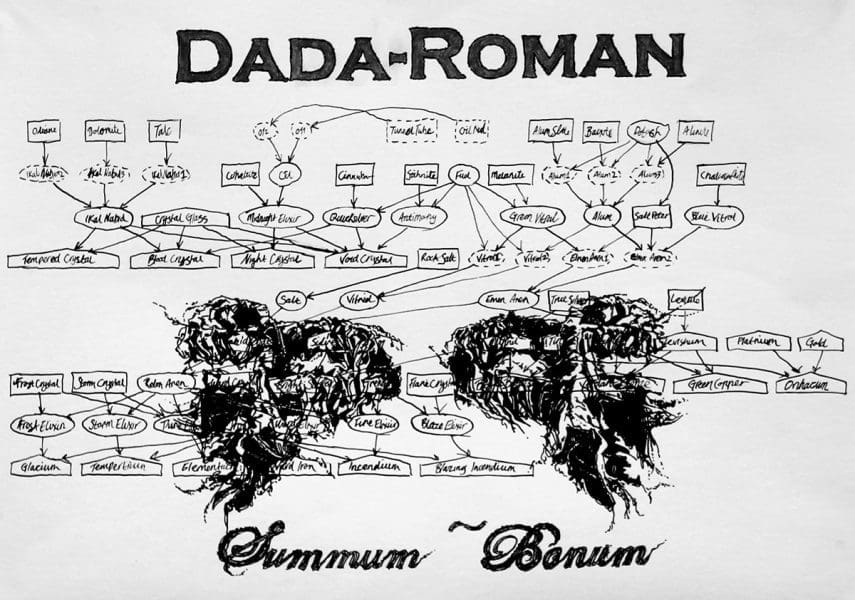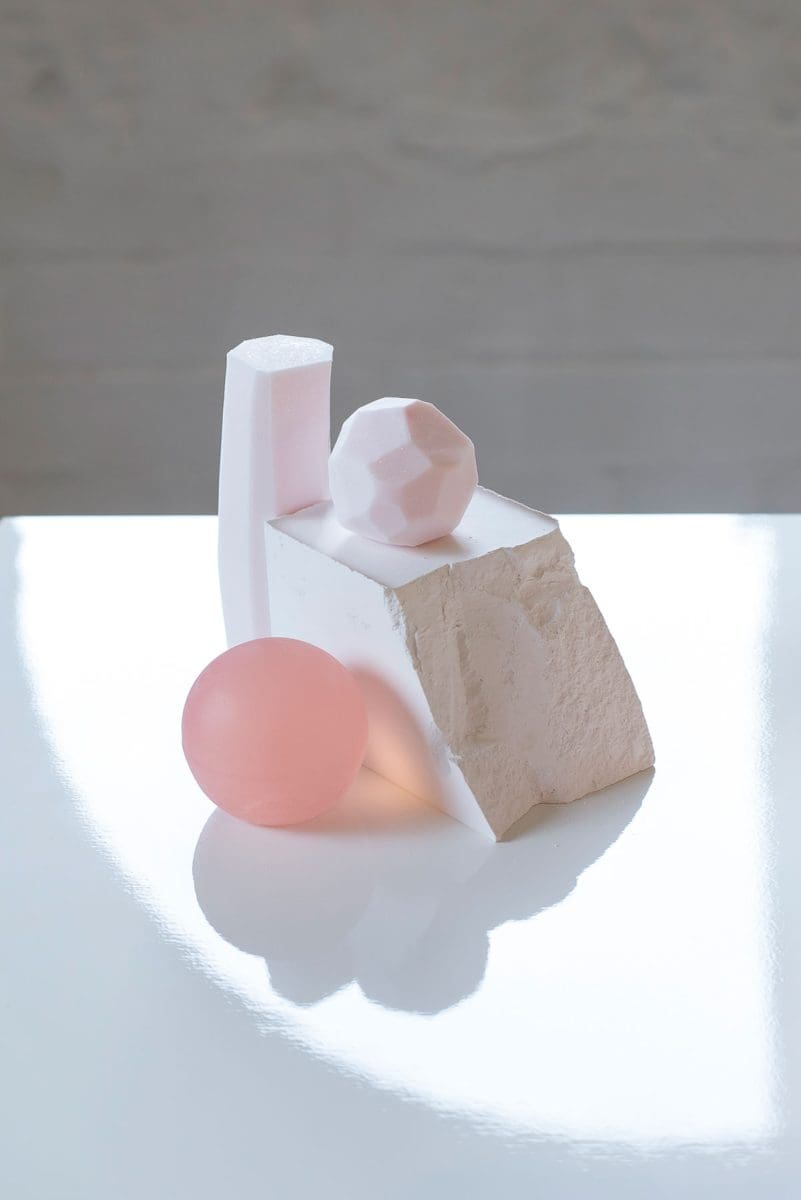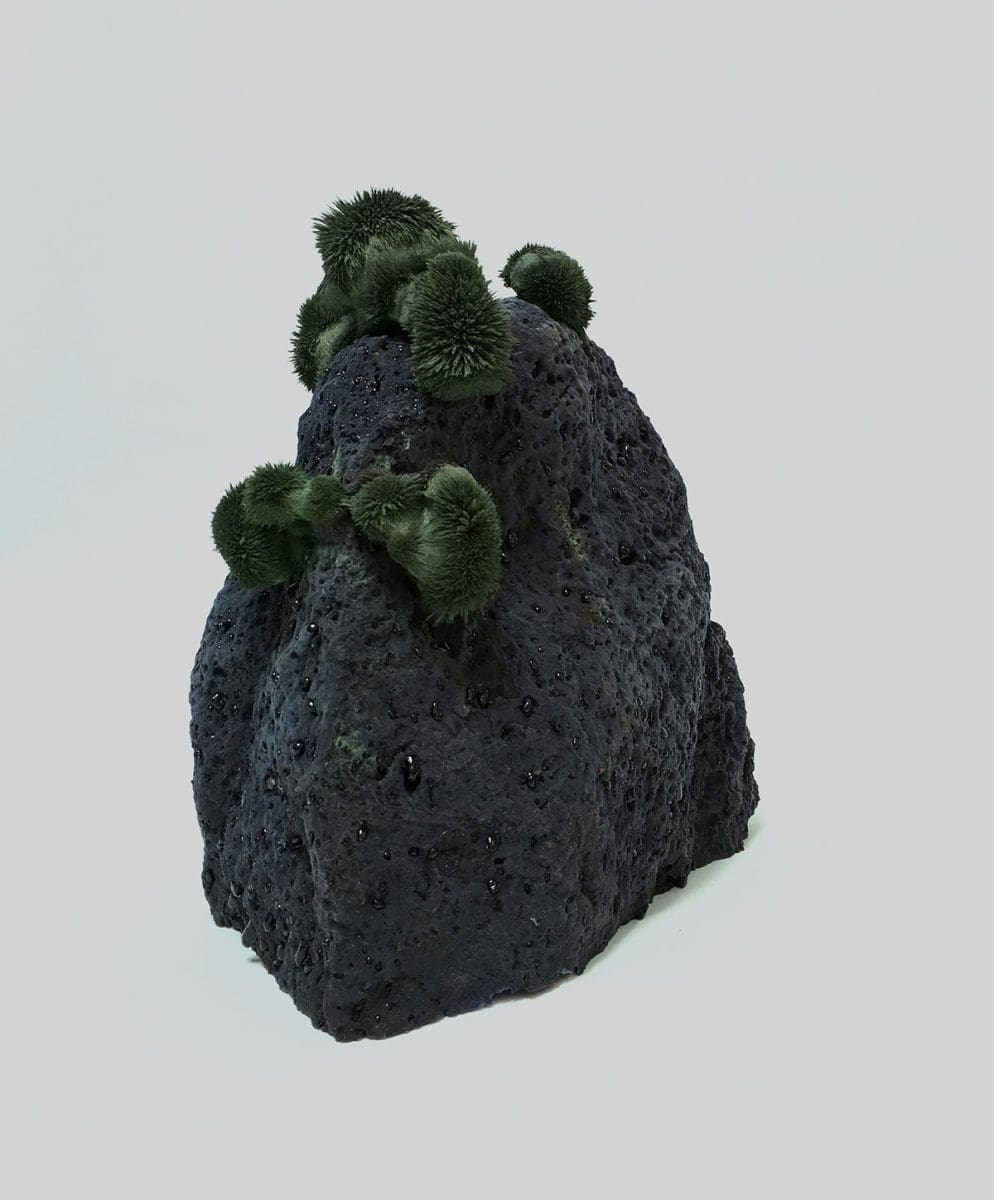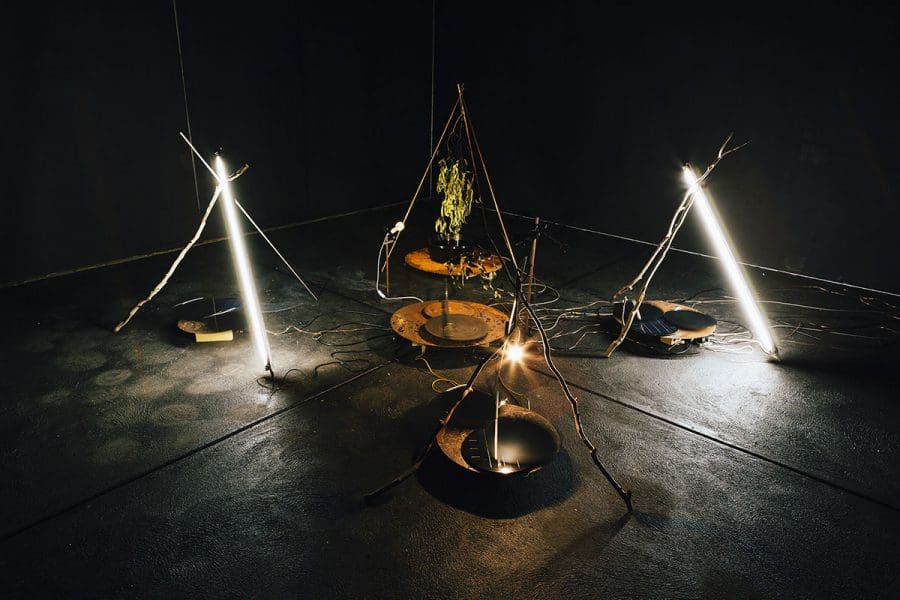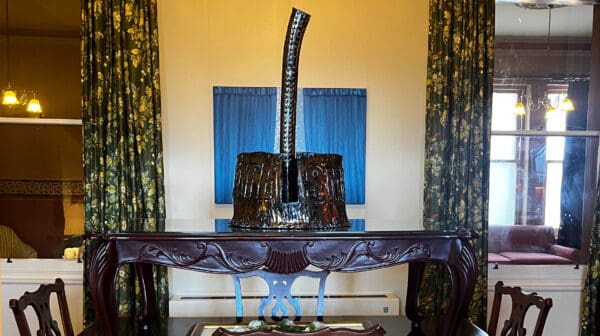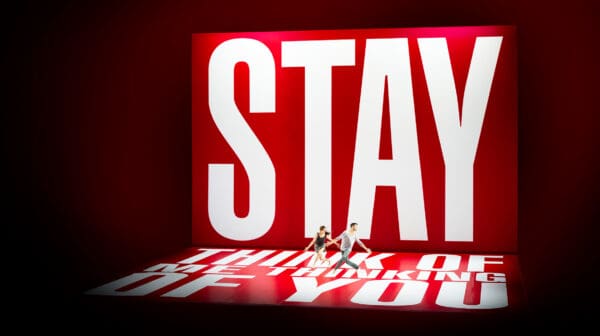Geology seems to be haunting Australian art lately, and with an election looming it’s not hard to see why. The direct impact of mining on climate change, and the accompanying political debate, has brought the earth’s matter and processes to the attention of artists.
While not all the work in the group show Prima Materia at Bundoora Homestead Art Centre has a political dimension, it’s never far away. The transformation of matter is fundamental to creating cultures and Prima Materia attends closely to this idea in a wide-ranging show. It’s informed by older ideas like alchemy and mysticism, as well as contemporary considerations of dispossession and the material turn.
Curator Emily Jones initially developed the show from conversations with Swedish artist Linda Persson during her International Art Space residency in Western Australia. “I think she was shocked at the level of dispossession that had occurred through mining activity,” Jones says.
“There’s an interesting dichotomy between sourcing something for production and in turn destroying the earth.
It had a flow-on effect to the community, which had become quite disenfranchised.”
In the exhibition Persson uses an opal as a lens to project its own image, tempering the spectacle with a video piece about the downsides of mining for the community.
The negative effects of depleting the earth of minerals is also present in Yhonnie Scarce’s work. According to Jones, the artist “has transformed sand to glass, with platelet-like tortured shapes and smashed forms suggesting the impact that mining has had on Aboriginal bodies and Aboriginal histories of incarceration and land dispossession.” Material here forms a kind of transmutation of the traumatised body.
Further interrelationships between the body and matter can be seen in the works of Vittoria Di Stefano and Julie Gough. Di Stefano’s installations of crystals, metals, waxes and industrial waste remain in flux throughout their exhibition, drawing attention to the impermanent and constantly changing nature of all matter, including ourselves. Jones says, “Her enactment on a material leaves both a trace of her own body and of other bodies.”
Julie Gough’s Seam, 2005, integrates the coal of her Scottish miner forebears with the necklace-making tradition of her Trawlwoolway ancestors. “These contradictions are beautifully portrayed with this giant coal necklace,” says Jones. “The artist wore it before she crated it up and sent it. It’s a physical burden. When you view the work you can imagine wearing it, what that could feel like physically. It may be a literal interpretation, but we can share that burden of history.”
Co-creation between artist and material has gained traction following what’s sometimes called the material turn, which aims in part to acknowledge agency beyond the human species. For example, says Jones, “Michael GF Prior has a mystical approach where materials may take on form and magnetism that dictate the way they might rotate. He sets up structures that can be iterative and create their own compositions. It recognises that we’re all interconnected, and that responsibility comes with that.”
Prima Materia is part of some contemporary artists’ deeper engagement with materials on a multi-sensory level as well as an intellectual one. “I love that there’s a set of artists really enjoying experimenting with materials again. It seems to be a joyous reconnection with materiality,” says Jones.
As we spend more and more time within technology’s diminished sensorial range, it’s really no surprise that artists are paying close attention to tangible interrelationships with actual things.
Prima Materia
Bundoora Homestead Art Centre
11 May – 7 July






